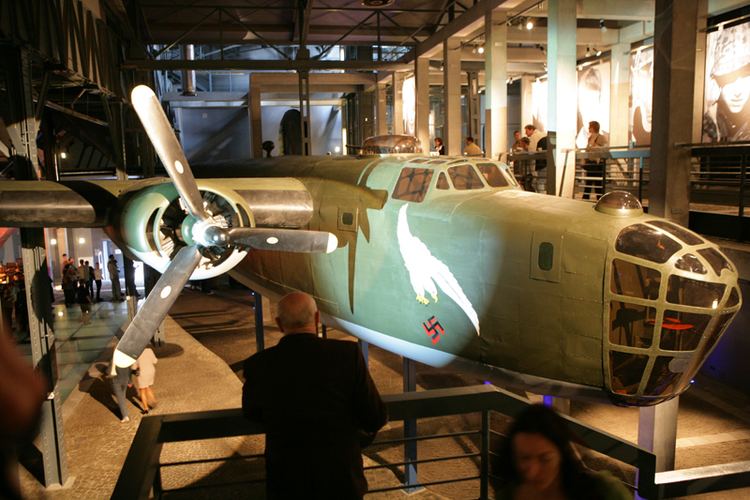Location Wola, Warsaw, Poland Website Official website Phone +48 22 539 79 05 | Visitors 416,000 (2007) Opened 31 July 2004 Director Jan Ołdakowski | |
 | ||
Established February 10, 1983 (1983-02-10)
(opened July 31, 2004) Address 00-844, Grzybowska 79, Warszawa, Poland Hours Open today · 10AM–6PMSunday10AM–6PMMonday8AM–6PMTuesdayClosedWednesday8AM–6PMThursday8AM–8PMFriday8AM–6PMSaturday10AM–6PMSuggest an edit Similar Copernicus Science Centre, Royal Castle - Warsaw, POLIN Museum of the Histor, Palace of Culture and Scie, Warsaw Old Town Profiles | ||
Warsaw uprising museum 111
The Warsaw Uprising Museum (named Warsaw Rising Museum, Polish: Muzeum Powstania Warszawskiego), in the Wola district of Warsaw, Poland, is dedicated to the Warsaw Uprising of 1944. The institution of the museum was established in 1983, but no construction work took place for many years. It opened on July 31, 2004, marking the 60th anniversary of the uprising.
Contents
The museum sponsors research into the history of the uprising, and the history and possessions of the Polish Underground State. It collects and maintains hundreds of artifacts — ranging from weapons used by the insurgents to love letters — to present a full picture of the people involved. The museum's stated goals include the creation of an archive of historical information on the uprising and the recording of the stories and memories of living participants. Its director is Jan Ołdakowski, with historian Dariusz Gawin from the Polish Academy of Sciences as his deputy.
The museum is a member organisation of the Platform of European Memory and Conscience.
14th may 2016 warsaw uprising museum
Exhibitions
The museum covers all aspects of the Warsaw Uprising.
There are exhibits over several floors, containing photographs, audio and video, interactive displays, artifacts, written accounts, and other testimonies of how life was during the German occupation of Warsaw, the uprising, and its aftermath. There are displays dedicated to each district of Warsaw. There are many free informative leaflets and flyers (in Polish and English), including 63 calendar pages covering the dates from 1 August 1944 to 2 October 1944 — each containing a summary of the most important events that took place on that particular day of the uprising.
Some of the many sections and exhibits include:
